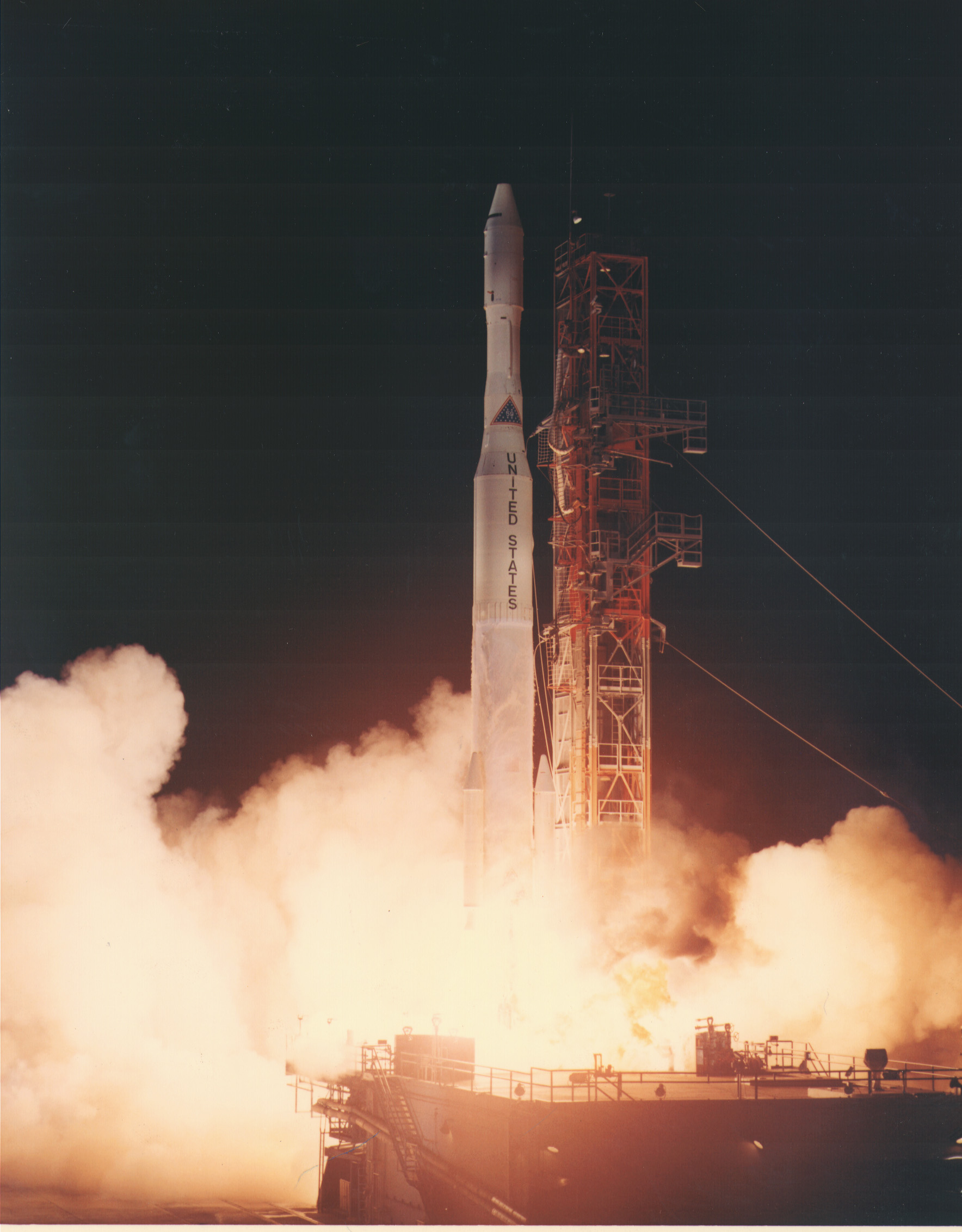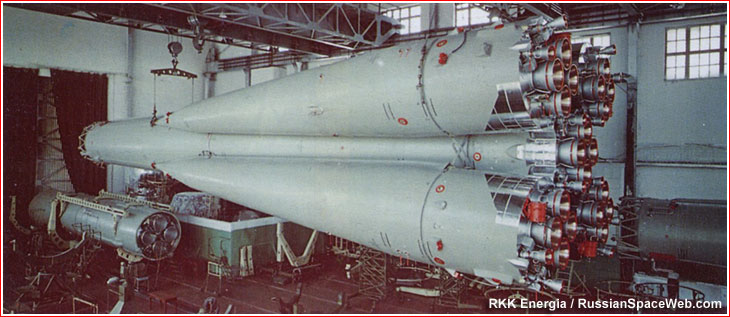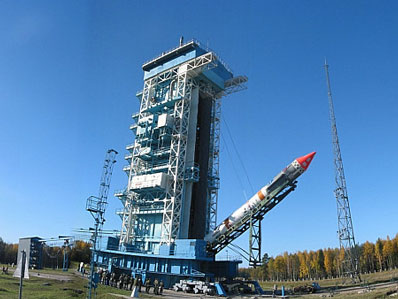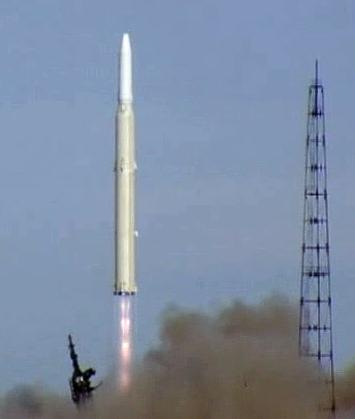Previous Spaceflight Launches
Filter by Agency, Locations or Vehicles
Show All LaunchesKosmos 11K63 | DS-P1-Yu 29
Strategic Rocket Forces | RussiaPlesetsk Cosmodrome, Russian Federation
Jan. 15, 1970, 1:39 p.m.
Thor Delta M | INTELSAT III F-6
McDonnell Douglas | United States of AmericaCape Canaveral SFS, FL, USA
Jan. 15, 1970, 12:16 a.m.
Status: Launch Successful
Mission:
The Intelsat 3 spacecraft were used to relay commercial global telecommunications including live TV. Three of the 8 satellites in the series (F1, F5, F8) were unusable due to launch vehicle failures, and most of the remainder did not achieve their desired lifetimes.
Geostationary OrbitTitan 23B | KH-8 25
Lockheed Martin | United States of AmericaVandenberg SFB, CA, USA
Jan. 14, 1970, 6:43 p.m.
Voskhod | Zenit-2M 7
Soviet Space Program | RussiaBaikonur Cosmodrome, Republic of Kazakhstan
Jan. 9, 1970, 9:20 a.m.
Kosmos-3M | Ionosfernaya Stantsiya 1
Russian Space Forces | RussiaPlesetsk Cosmodrome, Russian Federation
Dec. 27, 1969, 2:20 p.m.
Kosmos 11K63 | DS-U1-IK 1
Strategic Rocket Forces | RussiaKapustin Yar, Russian Federation
Dec. 25, 1969, 9:59 a.m.
Voskhod | Zenit-4MK 1
Soviet Space Program | RussiaPlesetsk Cosmodrome, Russian Federation
Dec. 23, 1969, 1:50 p.m.
Tsiklon-2 | I2P 3
Yuzhnoye Design Bureau | UkraineBaikonur Cosmodrome, Republic of Kazakhstan
Dec. 23, 1969, 9:25 a.m.
Kosmos-3M | Tselina-O 5
Russian Space Forces | RussiaPlesetsk Cosmodrome, Russian Federation
Dec. 20, 1969, 3:26 a.m.
Kosmos 11K63 | DS-P1-Yu 28
Strategic Rocket Forces | RussiaPlesetsk Cosmodrome, Russian Federation
Dec. 11, 1969, 12:58 p.m.







